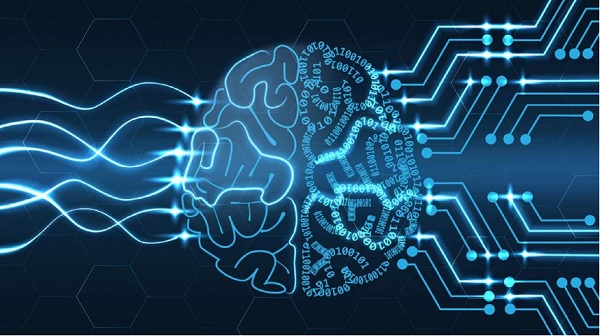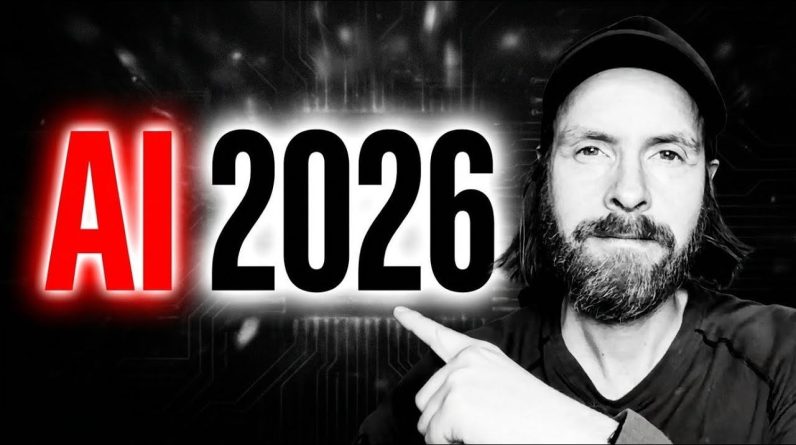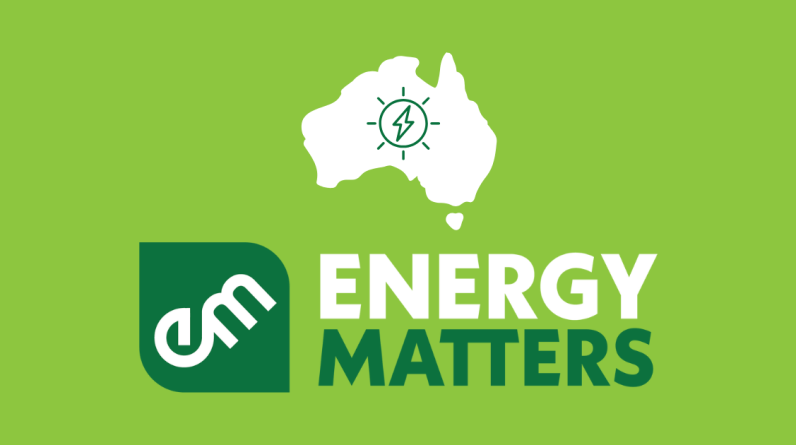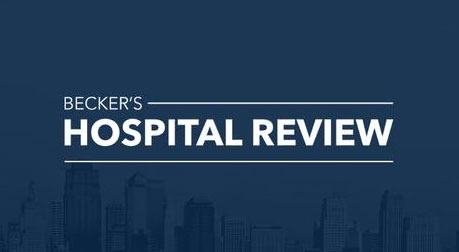
How AI and Automation Are Transforming Tax Compliance for the Better: Real-Life Instances
Tax compliance is usually a nightmare for business and individuals alike. It involves going through complicated tax laws and ensuring that all of them are properly filed. But Artificial Intelligence (AI) and automation are revolutionizing the whole experience for the better. These technologies are speeding up the process, making it more accurate, and far less stressful. In this piece, we shall see how tax compliance is being upended by automation and AI and present some real-life examples of just how extensive their implications are.
Why AI and Automation Are Game-Changers for Tax Compliance
AI and automation are flipping the script on tax compliance by using smart tools like data analytics, machine learning, and robotic process automation (RPA). They are streamlining repetitive tasks, eliminating errors, and giving businesses actionable intelligence to stay ahead of ever-evolving rules
Here is how they are making an impact:
Streamlining Data Collection and Processing
AI software can extract numbers from invoices, receipts, and financial statements with minimal human involvement. That speeds up tax preparation and reduces errors.
More Accurate and Spotting Mistakes
Machine learning digs into past data to recognize patterns, spot anomalies, and verify that all of it is consistent with tax code—spots things humans miss.
Real-Time Rule Keeping Up to Date
Automation executes on transactions and rule changes as they happen, so companies can stay tax compliant without breaking a sweat.
Planning Smarter with Predictive Analytics
Predictive analytics by AI enables it to project tax liabilities using historical and current data, so companies can prepare beforehand and are ready when tax-filing season comes.
Making Audits Less Painful
AI sorts and winnows through huge piles of financial data, allowing audits to be done faster, leaner on resources, and fully traceable.
Real-Life Examples of AI and Automation in Action
Let us consider how governments and businesses are using AI and automation to transform tax compliance:
EY’s AI-Driven Tax Compliance
Ernst & Young (EY), a top accountancy firm, is using AI to streamline and enhance tax compliance accuracy. Their Tax Technology and Transformation team utilizes AI software to scan documents like invoices and contracts for data, connecting with tax legislation in different countries. Their AI system, for example, can sift through thousands of invoices in minutes, separating deductible expenses from non-deductible and following local VAT rules. This has reduced the amount of time businesses devote to tax preparation, allowing them to concentrate on expansion.
Intuit TurboTax’s AI-Driven Tax Preparations
TurboTax, Intuit’s widely used tax software, simplifies tax time significantly for individuals and small business owners. It is intelligent AI closely examines your data and the tax code to identify all the deductions and credits available to you, without the time and hassle. In 2024, TurboTax assisted millions of users discover hidden deductions—such as home office deductions for remote employees—saving them approximately $1.5 billion collectively.
Avalara’s Automation for Tax Preparations
Avalara’s cloud solution leverages AI and automation to manage sales tax for businesses selling in multiple areas. With over 13,000 U.S. tax authorities routinely updating their requirements, Avalara’s AI calculates the correct tax for every transaction in real-time, working seamlessly with platforms like Shopify. One of these small online merchants using Avalara cut tax compliance errors by 90% and eliminated 20 hours of monthly manual calculations, allowing them to expand without hassle.
HMRC’s AI to Combat Fraud
HM Revenue & Customs (HMRC) in the UK is using AI to target tax avoidance and promote compliance. HMRC’s Connect system uses machine learning to search gigantic sets of data, from bank dealings to land registry records and social media use, to find signs of suspected tax evasion. In one instance, HMRC’s AI detected inconsistencies in a chain of shops’ VAT returns, recovering £10 million in unpaid tax.
PwC AI-powered global tax solution
PricewaterhouseCoopers (PwC) AI platform, Tax Reporting & Strategy, is installed to report cross-border transactions across enterprise resource planning (ERP) systems and improve accuracy with global tax legislations like OECD’s Base Erosion and Profit Shifting (BEPS) rules.
Advantages and Disadvantages of AI and Automation in Tax Compliance
Advantages:
Efficiency: Automation eliminates the drudgery from mundane work like data entry and number-crunching, freeing your time and energy.
Accuracy: AI minimizes human errors, providing accurate tax reporting and reducing penalties.
Scalability: Companies can manage growing volumes of transactions without corresponding increases in compliance expenses.
Proactive Insights: Predictive analytics enable companies to anticipate tax bills and adjust strategies.
Challenges:
- Initial Investment: Using AI and automation involves initial expense for software and training.
•Data privacy: Using AI to handle sensitive financial data poses certain serious issues about the protection of such information and whether they are GDPR compliant.
•Flexibility: AI technology needs to be regularly updated to accommodate tax policy and regulation changes.
The Future of AI and Automation in Tax Compliance
The impact of automation and AI technologies on tax compliance will only grow in the future as technologies advance. Emerging trends are:
• Blockchain Integration: Integrating AI and blockchain for secure, transparent tax reporting.
• Natural Language Interfaces: Chatbots powered by AI providing real-time tax advice and compliance.
• Global Standardization: AI applications that harmonize compliance worldwide, simplifying tax procedures for multinational businesses.
Conclusion
AI and automation are revolutionizing tax compliance by making it faster, more accurate, and less resource-intensive. From EY’s AI-powered data processing to HMRC’s detection of fraud, actual experiences demonstrate how such technologies can transform things for the good. If businesses and governments continue to adopt AI and automation, we are on the verge of an era where tax compliance is easy, pre-emptive, and seamless. Embracing these innovations now will equip organizations to thrive in a more complicated tax regime.








